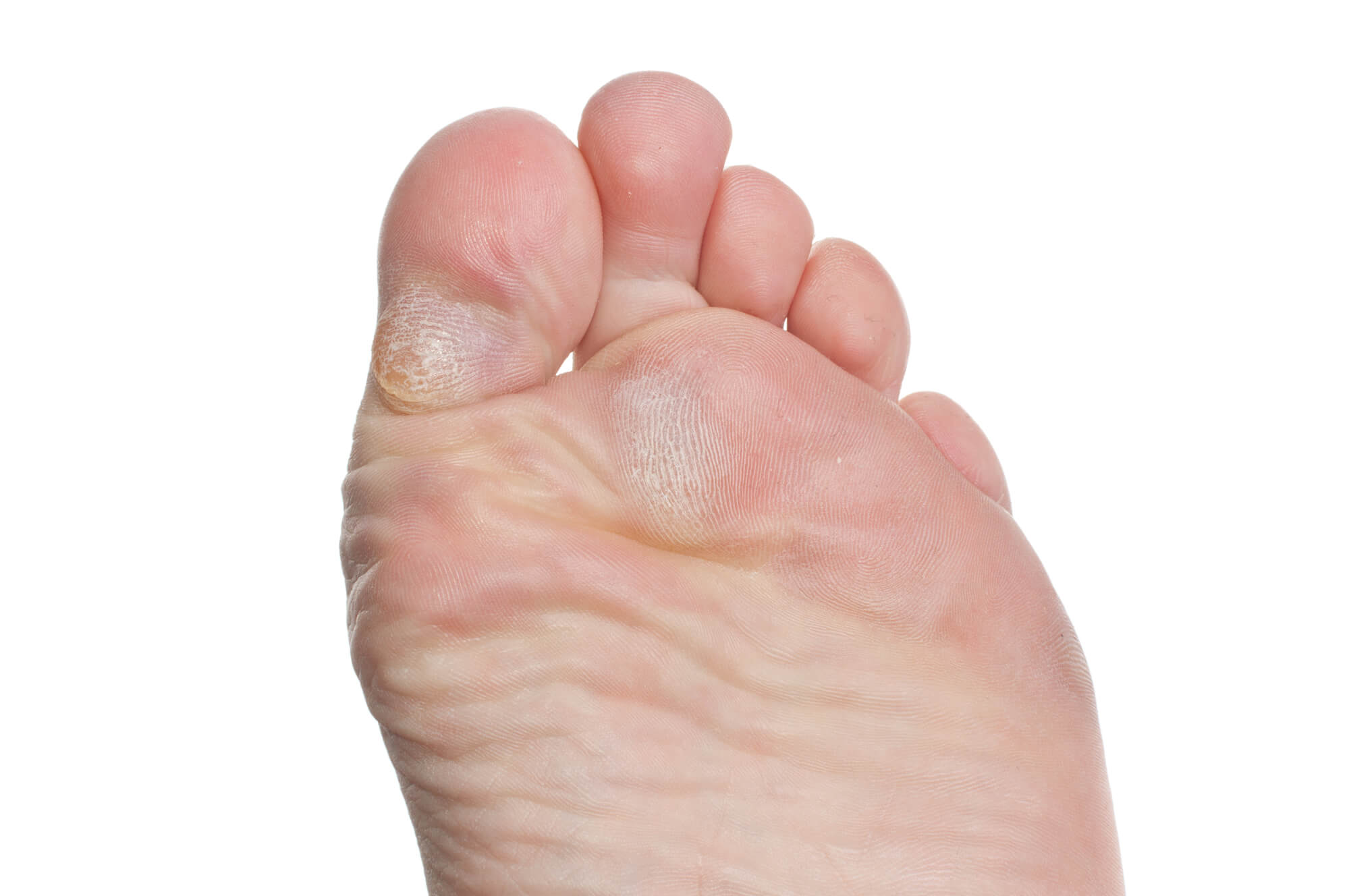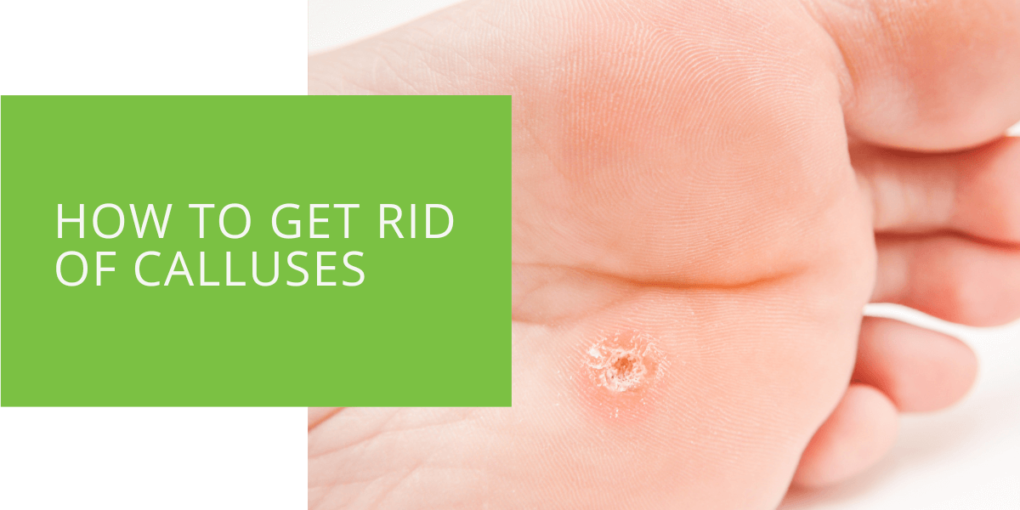How to Get Rid of Calluses
If you're dealing with calluses on your feet, you know how frustrating and unsightly they can be. But fear not because help is at hand. With our comprehensive guide to getting rid of calluses, you'll discover a range of effective methods and remedies that can help you regain the comfort and confidence of your feet.
We understand that everyone's situation is different, so we've included various options to cater to your needs. Whether you prefer to tackle the problem at home with do-it-yourself solutions or seek professional help, we've got you covered. With our expert advice and practical tips, you'll be well on your way to smoother, softer, and more beautiful feet in no time.
Key Takeaways
- Effective callus removal methods include using a pumice stone, Epsom salt soaks, salicylic acid, and regular moisturization.
- Seek professional help if calluses persist, especially for diabetic individuals or severe cases.
- Prevent calluses by wearing proper footwear, practicing regular foot care, and considering orthotic inserts for pressure relief.
Home Remedies for Callus Removal
Pumice Stone
A pumice stone is a natural exfoliating tool that can help soften and eliminate calluses. Here's a step-by-step guide on how to use it effectively:
- Soak Your Feet: Begin soaking your feet in warm water for approximately 10 minutes. This step is crucial as it softens the callused skin, making removing it easier.
- Gentle Exfoliation: Gently rub the callused area with the pumice stone in a circular motion. Be cautious not to apply excessive pressure to avoid damaging the healthy surrounding skin.
- Rinse and Moisturize: After exfoliating, rinse your feet thoroughly, pat them dry, and apply a moisturizer to keep the skin hydrated and soft.
The pumice stone works by gently rubbing the hardened skin, gradually reducing the thickness of the callus. It's a safe and effective method when done correctly.
Epsom Salt Soak
Epsom salt is renowned for its skin-soothing properties and can be particularly helpful for calluses. Here's how to create an Epsom salt soak:
- Prepare the Soak: Fill a basin with warm water and add a handful of Epsom salt.
- Soak Your Feet: Submerge your feet in the Epsom salt solution for 10-15 minutes. The warmth and magnesium in the salt will further soften the calluses.
- Exfoliate: Following the soak, gently exfoliate the callused area using a pumice stone or foot file.
- Moisturize: Finish the treatment by applying a moisturizer to lock in the moisture.
Epsom salt helps relax the skin and muscles, making it easier to exfoliate the calluses. The combination of warm water and magnesium helps soften the thickened skin.
Salicylic Acid
Over-the-counter callus removal products containing salicylic acid can be quite effective. However, following the product instructions carefully and consulting a dermatologist or podiatrist if you have sensitive skin or any concerns is crucial.
Salicylic acid breaks down the protein structure in the callused skin, gradually allowing it to peel away. It's a potent treatment but should be used cautiously, especially on sensitive skin.
Regular Moisturization
One of the keys to preventing the return of calluses is consistent moisturization. Apply a thick moisturizer, preferably one containing urea, as it helps soften and hydrate the skin.
Moisturizing is essential because it prevents the skin from drying out and thickening, which can contribute to forming calluses. Urea-based moisturizers are especially effective in maintaining skin hydration.

When to Seek Professional Help
While home remedies are often effective, there are instances when professional assistance is necessary:
- Persistent Calluses: If your calluses persist despite your efforts with home treatments, it's time to consult a podiatrist.
- Diabetic Foot Care: If you have diabetes, it's crucial to have calluses managed by a healthcare professional to avoid complications.
- Thickened Calluses: Extremely thick or painful calluses may require professional care, as they could indicate an underlying issue.
- Dermatologist Expertise: A dermatologist can provide specialized care for stubborn calluses or skin conditions.
Seeking professional help is essential when dealing with severe or persistent calluses to ensure that any underlying issues are addressed and the proper treatment is administered.
Preventing Calluses
Prevention is the best strategy for avoiding the discomfort of calluses in the first place. Here are some proactive measures you can take:
- Proper Footwear: Invest in well-fitting shoes that provide adequate cushioning and support.
- Regular Foot Care: Incorporate regular exfoliation and moisturizing into your foot care routine to keep your skin healthy and callus-free.
- Orthotic Inserts: Custom orthotic inserts can help redistribute pressure on your feet and reduce friction, minimizing the formation of calluses.
Preventing calluses involves a combination of good footwear choices, self-care practices, and, when necessary, orthotic inserts. These measures can go a long way in maintaining healthy feet.
Conclusion
We've explored various remedies and methods to help you effectively remove calluses from your feet. Whether you opt for natural remedies like pumice stones and Epsom salt soaks or over-the-counter products with salicylic acid, the key is consistent exfoliation and moisturization. However, if calluses persist or cause discomfort, don't hesitate to seek professional help from a podiatrist or dermatologist. By taking proactive care of your feet and addressing calluses promptly, you can enjoy healthier and more comfortable foot care. If you have any concerns or require professional guidance, please schedule an appointment with us, and we will help you achieve callus-free and happy feet.

